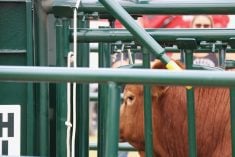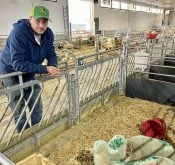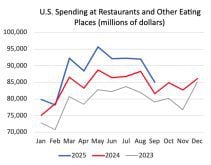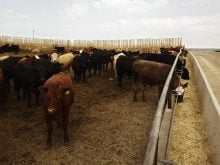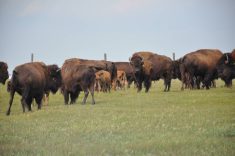RED DEER – Farmers who decide to artificially inseminate livestock may
hear a lot of jargon from the technician or veterinarian.
All they really want to know is if it will work.
Kevin Moore, an artificial insemination technician who works with a
variety of species, offered tips to producers at the Alberta White Tail
and Mule Deer Association meeting in Red Deer.
An average conception rate of 60 percent is reasonable if females are
well prepared.
Read Also
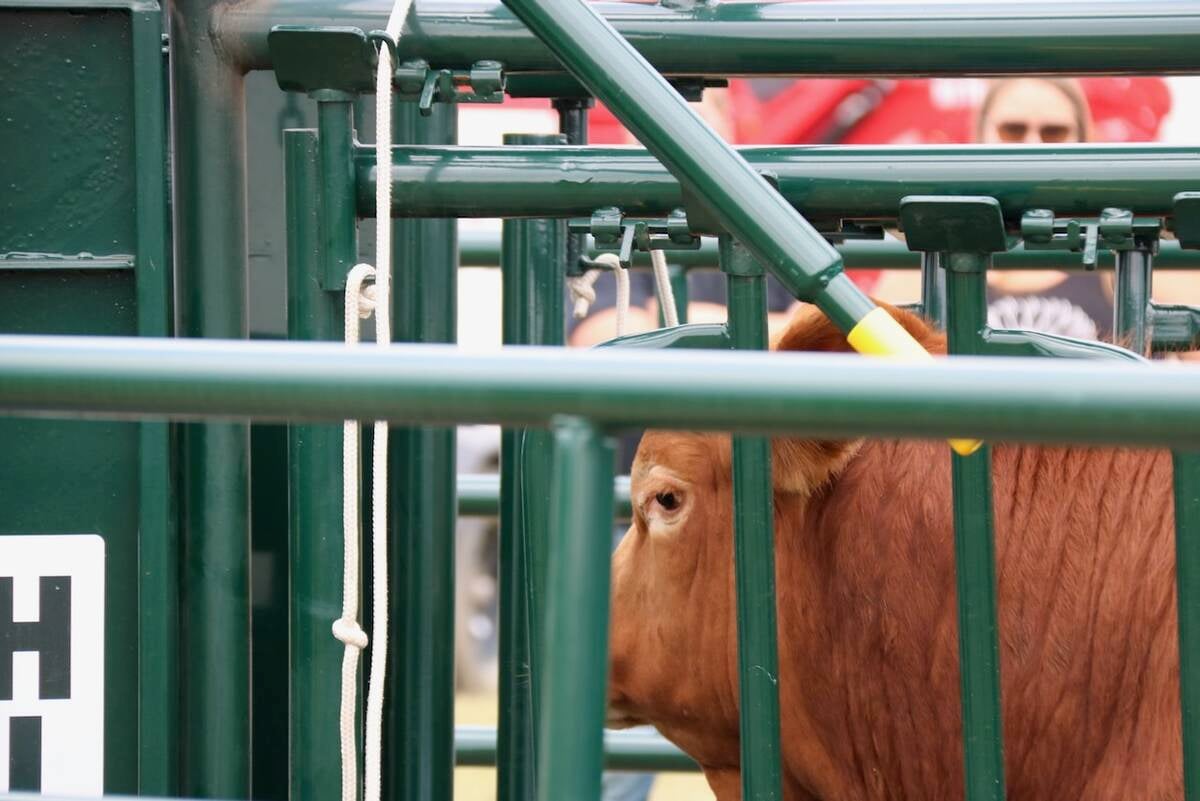
Good handling equipment a must on cattle operations
It’s important for the safety of producers and everyone else dealing with their stock that handling equipment is functional and safe.
Deer normally have twins, but multiple births often occur when their
heat cycles are induced with hormones. These must be watched carefully,
because triplets or quadruplets may need to be bottle fed.
Semen quality is one of the first considerations at breeding time.
Producers must have confidence in the ability of those who collect,
prepare and freeze the semen. There should be a high percentage of
viable sperm cells after the dose is thawed.
Artificial insemination does not have to be done by veterinarians.
Practice makes perfect and a good technician can have equally good
conception results. Female selection is the producer’s responsibility.
“This is the part that can make you look really good or really bad,”
Moore said.
Females should not be artificially inseminated if they had birthing
problems in the previous year, produced a weak fawn, had health
problems or are in poor condition.
“You want to improve production, not continue status quo,” he said.
A female animal with a hyperactive temperament can be hard to handle.
One skittish animal can disrupt the entire group.
A breeding female should be on a rising plane of nutrition so that it
is gaining weight but not getting fat.
AI candidates should be dewormed and put on increased rations. They
need protein, but more focus should be placed on energy and minerals
such as phosphorus supplements.
A female nursing its first offspring needs time to recover because it
is still growing itself. The fawn should be weaned three to four weeks
before breeding.
“With any species, this is the toughest year to breed them back,” he
said.
Producers should be aware of social structure. Sort the females into
breeding groups as soon as possible. If they are to be inseminated in
the spring, group them in the fall so they form a social group.
Don’t mix the females or add new ones throughout the winter because
this disrupts the herd and newcomers.
Familiarize them with the facility.
Deer are not handled often and they need to feel comfortable. There is
less chance of injury causing panic and commotion if they know the
routine.



